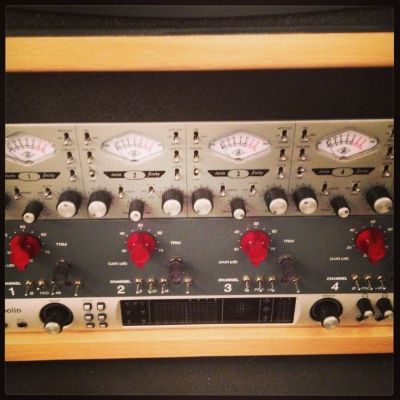indiehouse Recording
Well-known member
CJ said:congrats on getting the phantom up!
your ohms for the xfmr look good,
let us say you hve 24 ohms for each pri coil,
with 24 in series you get 48, now when you run the 300 ohm setup, the coils are in parallel,
anytime you have 2 parallel resistors of same value, the calc simplifies to just dividing 24 ohms by 2 = 12 ohms so everything is cool so far.
use the DMM on ohms and connect to pins 2 and 3.
you should get 12 and 48 ohms again.
i bet the 48 ohms was too much for your continuity checker to say yes,
but it liked the 12 ohms ok, so everything looks go for takeoff at 08:00.
that LED across the 48 volts, i figure it is a 48 volt LED or a lightbulb, unless you have a series resistor on a regular LED?
otherwise the LED would have smoked like a chimney, get me?
So, I shouldn't worry that I'm not reading 300 and 1200 ohms? Are you saying that resistors in the signal path are affecting the impedance measurements? If I were to measure impedance with nothing hooked to the input tranny but the toggle switch, should I then measure 300/1200 ohms?
Also, I see what you mean by the LED. If I shorted out 0V/48V with the LED, then the LED would have smoked, right? (Which it didn't).
I wonder then if I shorted out with the trim pot. It's rather big, and I used Martins idea for a trim (post 1399), which uses resistors attached to a stepped (.5 db increments) pot/switch. I don't know, just brainstorming ideas. I'll triple check any potential shorts when stuffing the case.




































